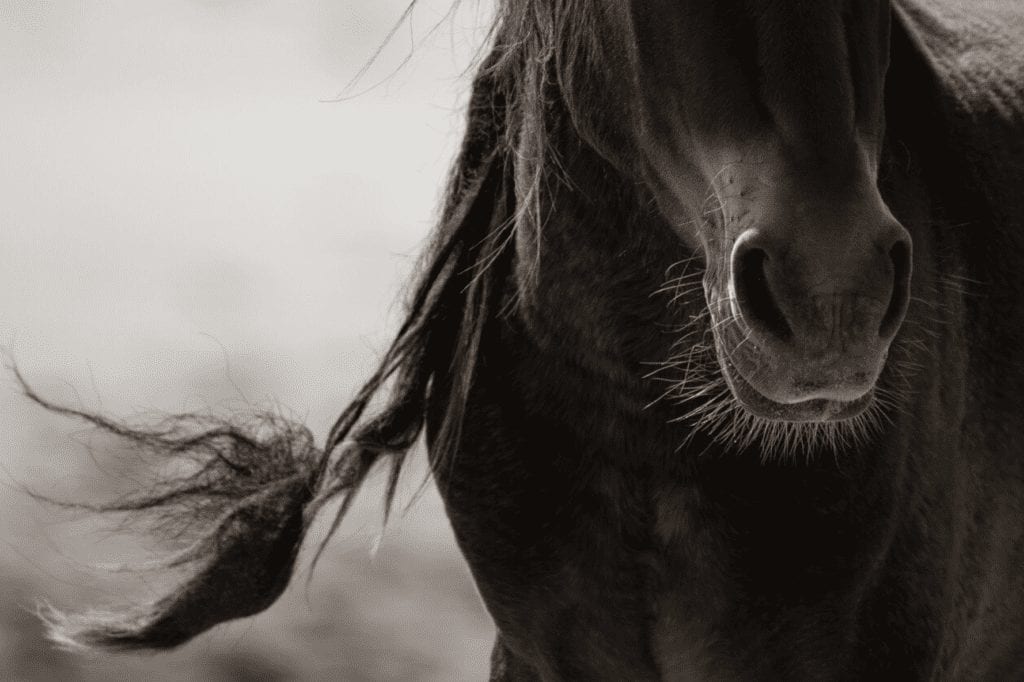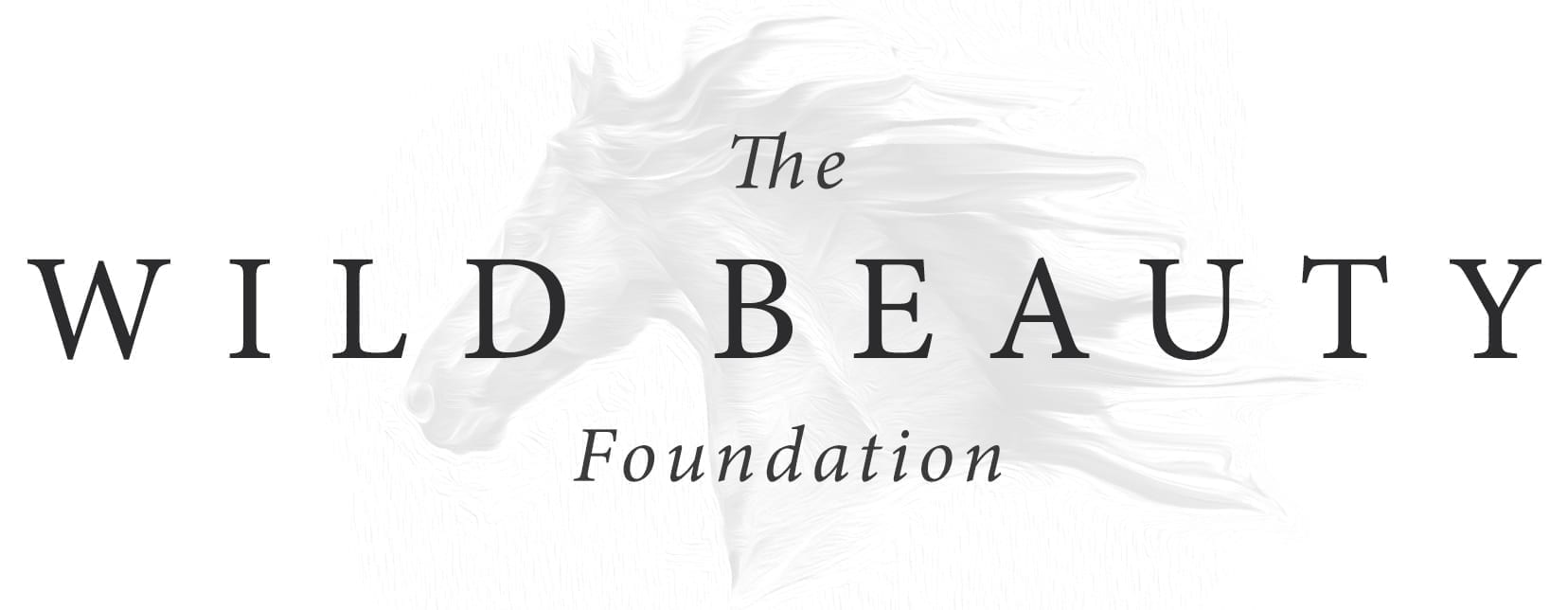Issues at Hand
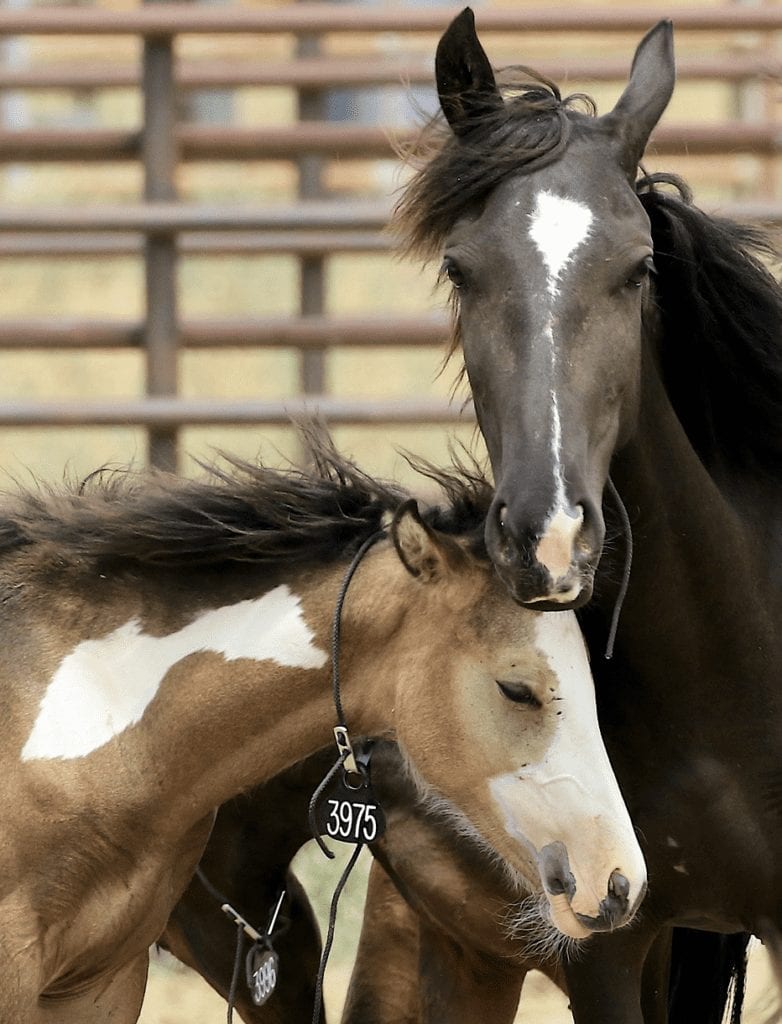

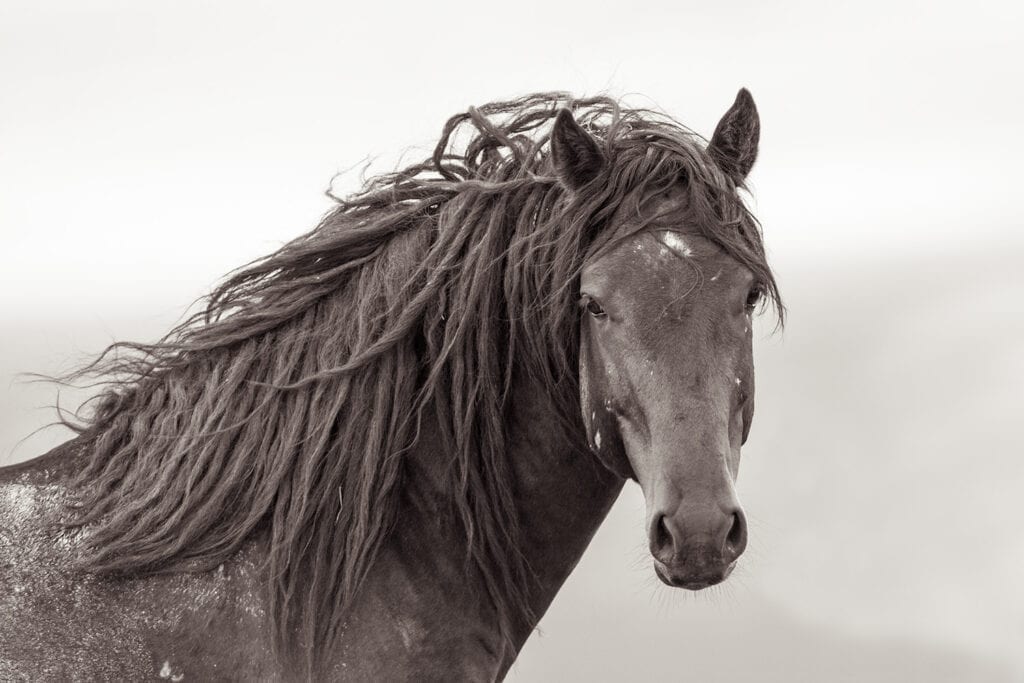
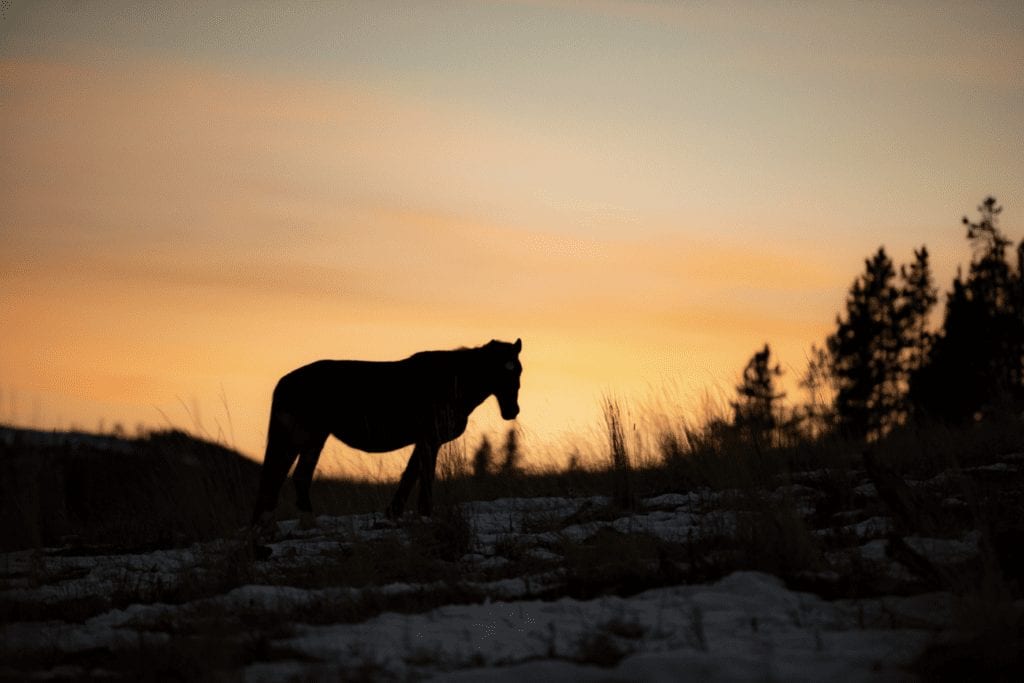
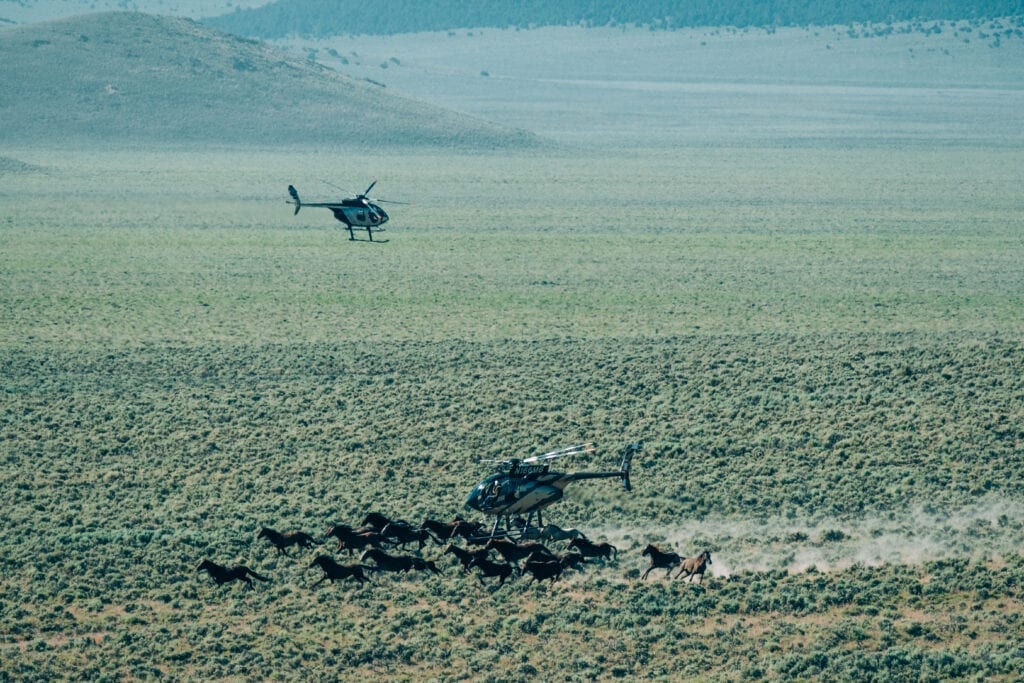
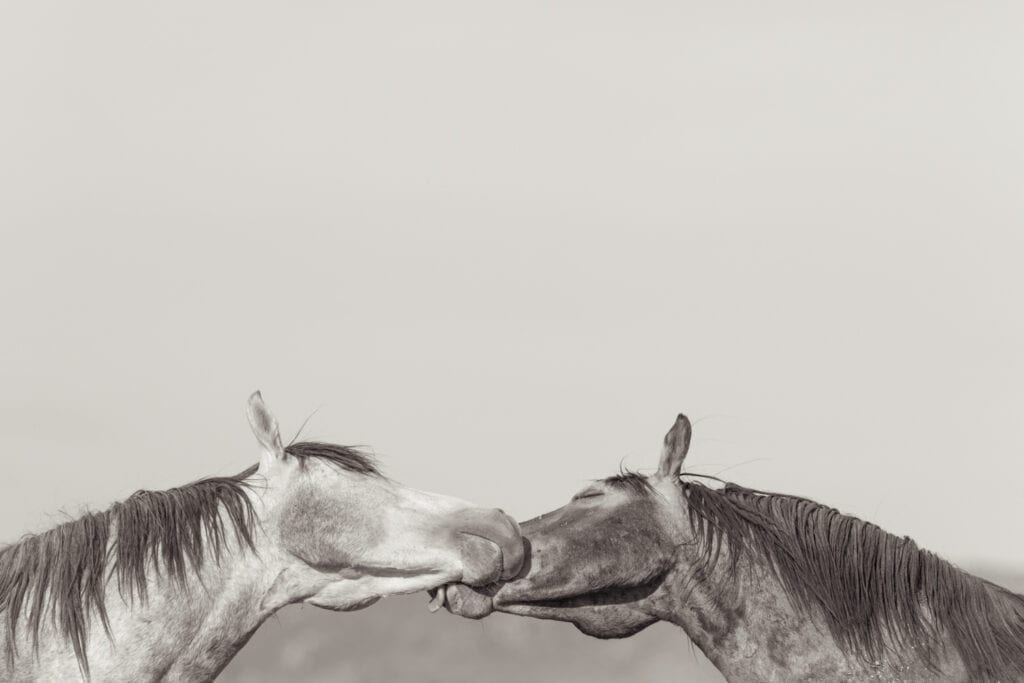
Wild horses and burros are fast disappearing from the Western United States, and sadly very few people know it is happening. Losing not only their freedom, but their closely bonded families, wild horses are currently being targeted by the Bureau of Land Management (BLM) for mass removal, with a priority being placed on special interests such as tax subsidized livestock grazing, oil, and mining.
Did you know that approximately 60,000 wild horses are currently incarcerated in government holding facilities? Some without shade, or shelter from the elements? Are you aware that these national icons, who are supposed to be federally protected by law, are being chased by low flying helicopters and stripped of their homes every year?
Both wild and domestic horses in the United States are also facing the devastating reality of slaughter, and every year thousands of healthy horses are shipped across the U.S. borders to Mexico and Canada to unimaginable fates.
At WBF, we are hoping to use our unique voice to help raise awareness for these issues, in addition to doing exciting, elegant programs with children and teens to educate them about the incredible, compassionate, wild, and therapeutic equine world.
We must learn to live with our planet, not force the natural world to live with us. If you’re curious to learn more, read on.
What is Happening to Wild Horses?
In the Western United States right now, wild horses are facing brutal roundups by low flying helicopter, where they are often chased for miles at a time into trap sites. These stampedes can take place in the sweltering heat, and they also take place when small newborn foals are on the range. As you can imagine, not all the horses survive these experiences.
Wild horses, particularly small foals (babies) or pregnant mares (adult female mothers), can be run to exhaustion, and death. Stallions (male horses) break their legs or backs trying to escape or bravely protect their families. No horse is truly safe during a helicopter roundup, which WBF and many leading environmental and animal organizations define as inhumane.
Following a roundup, the horses who are captured are then put into trailers, often enormous semi-trucks suited for livestock (to be clear, and to correct an often mistaken narrative: wild horses are not livestock). We have been on the ground to witness horses being trampled, or breaking their legs, attempting to escape such a foreign entity taking them away.
They are then usually taken to a temporary holding facility, where they are sorted; and then to mass holding facilities where many live out their lives unable to be with their families, or gallop, or even in some instances find proper shelter from the elements. Some are adopted each year, but on the scale of things, not many; despite the BLM advertising adoption events on the internet and in our opinion at WBF, misconstruing and warping the reality.
The BLM is allowed to euthanize horses they deem unhealthy or un-adoptable. For example, “strike horses,” meaning wild horses who have been “put up for adoption” who do not find homes can be euthanatized. Horses with club feet, or those deemed “blind” even if they have survived just fine in the wild, can be euthanized. Further, given these wild horses may be adopted cheaply, some for as little as $25 each, thousands of our federally protected, national icons have been “adopted” by duplicitous “kill buyers” and flipped into the slaughter pipeline.
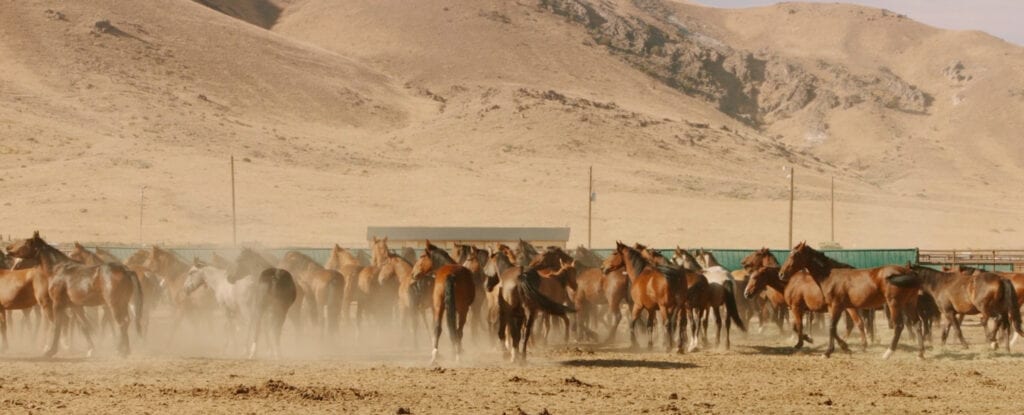
aREN'T wILD hORSES sUPPOSED TO BE pROTECTED?
Yes. Wild horses are not only our beloved national icons in the United States, representing the spirit and tenacity of the West, but they are supposed to be federally protected by the government per the 1971 Wild and Free-Roaming Horses and Burros Act.
But wild horses and burros could be facing imminent extinction across the Western United States if these cruel, inhumane, and deeply antiquated practices are not stopped.
Do Wild Horses Have Families?
Yes. What is perhaps most heartbreaking of all, is that wild horses have closely bonded family structures much like humans do. Horses can also feel emotions like we can— they experience love, and loss, fear, heartbreak and joy.
Ripping apart a band of wild horses (“band” is the word for a wild horse family) is devastating emotionally. Stallions are like fathers, mares like mothers, foals their children.
That is why we need your voices.

How Many Horses Still Exist in the Wild?
The BLM reports that approximately 73,000 wild horses still roam free across the Western Untied States, though we feel this number may be lower, particularly based on the intensified roundup schedule of recent years.
More than 60,000 wild horses as of 2024 are currently sitting in mass government holding facilities or off range pastures (often run by livestock ranchers), where public observation is not allowed. Without public observation, there is zero accountability.
Why?
A fight over land, money, and special interests; particularly tax-subsidized livestock grazing. To give you a brief example: a rancher can graze one privately-owned cow and calf pair (two animals) on our public land for $1.35 per month. The sad reality is that it is difficult to feed a dog or a cat per day for $1.35 – much less feed an entire cow and her calf.
Ranchers that graze on their own private land, have to pay on average, over $20.00 per month to graze the same cow and calf pair. How is this fair? Further, less than 2% of our beef product even comes from public lands grazing.
The main fight in WBF’s opinion is not with mom and pop ranchers, or small farms and businesses. The issue is with massive food corporations; million and billionaires who graze their livestock cheaply on our public land, and who want the wild horses gone so they can increase their cattle and sheep numbers in their stead.
Wild horses should not be replaced by livestock, cattle of which who are also a proven contributor to climate change. Further, The Sierra Club states that livestock grazing, not wild horses, are the issue with land health in the American West and that livestock should be eliminated in places where wild horses and burros are supposed to roam free.
Why isn’t the Bureau of Land Management paying attention?
Isn't There Room for Everyone?
We feel there certainly should be. There are 245 million acres of public land currently managed by the BLM. However, wild horses are only allocated 27 million acres of this to roam. By contrast, livestock are given a whopping 155 million acres.
The discrepancy is startling.
Horses Versus Cattle
What is additionally troubling for not only wild horses, but for other species being knowingly eradicated such as wolves, mountain lions, and coyotes; in addition to the greater issue of preserving our environment, is that livestock destroy the land they graze on.
To put it simply, cows and sheep use their tongues to rip up grass at its root, while wild horses act like lawnmowers so that the grass can grow back. The devastation to the range caused by cattle and sheep grazing is significant, and when the natural forage is eaten away; this can lead to infestations of what is known as “cheat grass”, an invasive species that is flammable, and can cause brush fires.
Cattle can eat up to about 130 pounds of grass and forage per day, and they are not very “picky” eaters. They will consume most of what is in front of them, and they also produce high levels of methane gas— which studies have proven is damaging to the ecosystem.
Horses by contrast are very picky and selective eaters. A horse that weighs approximately 1000 pounds will eat about 20-25 pounds of grass per day.
It is important to note that wild horses also consume far less water than cattle. On a daily basis depending on heat and exercise, a horse might drink approximately 8-14 gallons a day. Cattle generally require about 20 gallons a day, and can even drink up to fifty gallons.
That is 8-14 gallons of water per day for a wild horse, compared to 20-50 gallons for cattle— and 20-25 pounds of grass a day for a wild horse, versus 130 pounds for cattle!
Arguments are commonly made in media statements, largely by the BLM or anti-wild horse groups, that horses are eating too much grass on the range, or are consuming too much water; when livestock vastly outnumber wild horses on our public lands— and that ratio is only growing.
Other common BLM “myths” are the blanket statement across the Western United States that wild horses are starving, their body conditions are poor and they must be rounded up for “their own good”, or they are dying from drought. Yes, in places in the Western U.S. there is drought, which has been dominating certain areas for a long time. Wild horses are scientifically proven to have evolved in North America, and they have adapted for these arid climates; unlike cattle.
Who is Paying for Wild Horse Roundups and Mass Holding?
You are. We are. The taxpayers of the United States are. The BLM’s budget for the Horse and Burro Program is over 100M per year. Helicopter contractors are paid millions of dollars a year. Off-range holding facilities are given undisclosed sums.
A Brief Glimpse into History:
Back in the early 1970s, when these issues were even less known than they are today— a woman named Velma Johnston, better known as “Wild Horse Annie”— encouraged children to use their voices. She spearheaded a campaign where children across the country wrote letters to President Nixon, urging him to protect wild horses and burros.
Thankfully, President Nixon listened. He received more letters from children about wild horses during his term second only to one other subject: the Vietnam War.
Shortly after this amazing effort, Congress unanimously passed The 1971 Wild Free-Roaming Horse and Burros Act, which stated;
[Wild horses are] living symbols of the historic and pioneer spirit of the West; that they contribute to the diversity of life forms within the Nation and enrich the lives of the American people; and that these horses and burros are fast disappearing from the American scene.
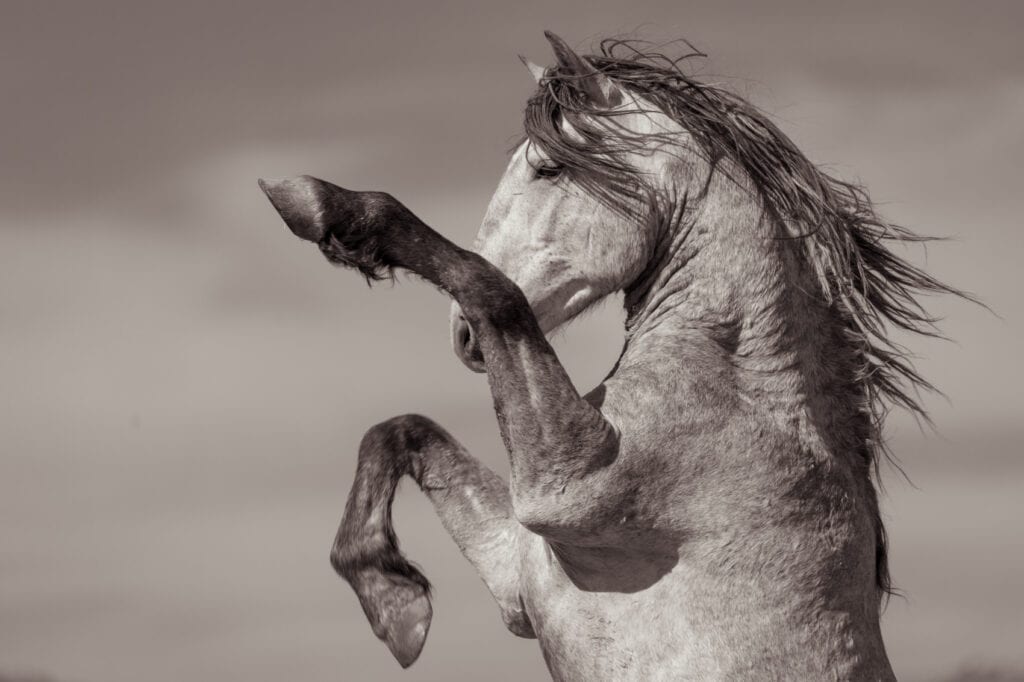
This was a huge step toward the protection of wild horses and burros, but many organizations including WBF believe the Bureau of Land Management has not acted in the spirit of the act. On the contrary, we feel they have blatantly ignored it.
Instead of protecting horses from “capture, branding, harassment, and death,” they have turned to helicopter roundups and mass holding (“capture”), putting freeze brands on wild horses (“branding”), tearing apart families who once existed in the wild (“harassment”) and finally— given the brutal nature of how roundups are conducted, some horses break their legs, necks, backs, are run to death, die from exhaustion, or are euthanatized by the BLM (“death”).
Further, The Bureau of Land Management has developed a term they deem “Appropriate Management Levels” (AMLs), which essentially state how many horses the BLM feels can be sustainable on the land, on designated Herd Management Areas (HMAs).
The BLM has wiped out more than 50% of HMAs since the 1971 law was enacted.
Respected institutions such as the National Academy of Science (NAS) have published reports about the Bureau of Land Management, and the NAS has taken the position that these HMA numbers are not actually supported by scientific facts.
After a two million dollar study, the NAS concluded the following:
In general, the handbook lacks clear protocols for evaluating habitat components other than forage availability. That is critical because without clear protocols specific enough to ensure repeatability, the monitoring organization cannot determine whether observed change is due to changes in condition or to changes in methods. Protocols should also include establishment of controls when the goal is to distinguish treatment or management effects from other causes of change.
Are Roundups Still Happening Now?
Yes. The BLM rounds up thousands of wild horses every year. You can read about the current roundup schedule by state, here:
www.blm.gov/programs/wild-horse-and-burro/herd-management/gathers-and-removals
Overall, the BLM’s objective is to reduce the wild horses population across the Western United States to approximately 27,000 horses — while allowing instead over 700,000 cow & calf pairs to graze on the same public land.
In 1971, the above numbers were considered “extinction level” for wild horses.

There are Solutions
The Wild Beauty Foundation stands with finding the most natural solutions to protect and preserve our wild horses, beginning first and foremost with re-establishing a true “thriving, natural ecological balance” within the lands they live on.
We feel we must strive to protect or return native ecosystems, instead of constantly forcing nature to “unnaturally” change with us.
Rewilding, which is currently being explored to successful results in Europe; and the re-introduction of natural predators in the West such as wolves, coyotes, and mountain lions could help wild horse herds be managed naturally. However, this requires these native species and the lands they live on to be protected too; not eradicated for the same reason as wild horses. Priority for livestock.
Establishing natural corridors are another route to be explored, along with taking a hard look at HMAs and the borders they force wild horses to stay within. WBF supports the concept of an interconnected network of HMAs which would allow wild horses to roam between and interact amongst them, allowing for more genetic diversity.
Currently in many HMAs, the Bureau of Land Management is reducing wild horse populations down to what experts maintain are genetically unsustainable numbers.
Fertility control in wild horses is a divisive subject among wild horse advocates. However, it is important to note that in past years, the BLM has used only $11M of its allocated $100M+ Horse and Burro Program budget on reversible fertility control solutions, such as PZP.
The BLM is now opting to utilize other forms of birth control such as GonaCon, which can be irreversible, sterilize wild horses completely, and has been proven to essentially “shrivel” the ovaries of wild mares.
WBF does not support this inhumane method of contraception.
time is running out.
The roundups have only continued, and they are getting worse. That is why your voice matters, now.
The BLM is on-track to remove more than 16,000 wild horses in 2024 and eradicate the North Lander wild horses of Wyoming and continue its yearly assault on the wild horses that call the Triple B Complex in Nevada home.
In 2024, we may reach a tipping point where more wild horses are incarcerated in holding facilities, than free on the range. This is tragic, and unacceptable.
If we allow this to continue, and for the BLM to conduct itself in such an unfettered manner, there will soon be very few wild horses and burros left to see in the United States; if any at all. The American wild horse may simply disappear into our history, a wild beauty tragically lost.

How Can You Help?
At WBF, we feel one of the biggest problems wild horses and burros face, in addition to the inhumane issues of slaughter— is a lack of widespread, public awareness for their plight.
We feel that anyone who loves animals can likely see what is happening to wild horses is wrong. That is why our team at WBF is excited to lend our unique voice to help protect them.
Will you join us on this journey? Will you stand with the wild horses?
Get Involved Now.
For KIDS & TEENS — Click here!
WBF’s mission is to help provide crucial awareness that is powerful, elegant, and also geared toward children and families. Young Advocates can help raise their voices by participating in our exciting letter writing campaign, or short story competition!
Also check out our #istandwithwildhorses campaign.
Thank you for helping the horses of today, and supporting The Wild Beauty Foundation. Every life matters.



